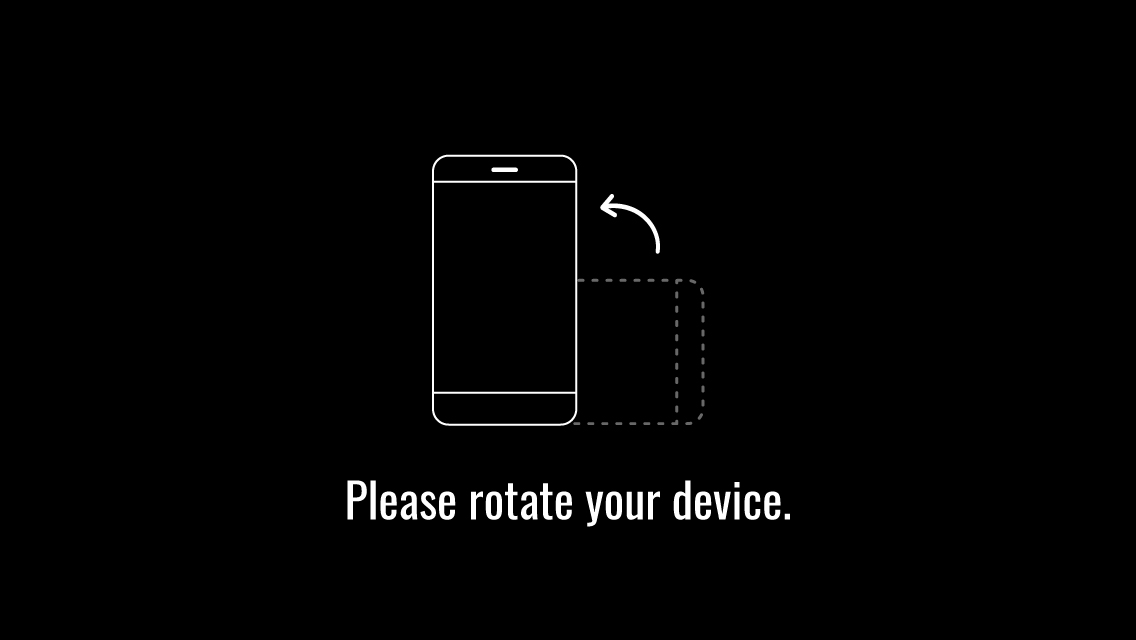Nike Communication Strategy, Based On Tribal Resonance, Goes Planetary, Yet Again.
May 30, 2019

By Mihai Bonca
Nike is the master of impactful communication strategy. It is a good benchmark on how the communication stimulus works efficiently at the end of this decade - by clustering their customers.
First, a brand needs to build a loyal tribe and second, this tribe must have an appealing ideology. Therefore, it will organically attract new members through the word of mouth.
But the execution is critical. Brand needs to act edgy and courageous enough to create antagonism: “Us versus them”; “The believers vs. non-believers”.
Without anything at stake, nobody would really care. In the 5 seconds attention span of social media, without agility and proper sharpness, the message will just fly by.
#Nike #ColinKaepernick campaign:
1. Tribal strategy starts with a Big Dream
Creating a brand tribe always starts with “this is what we believe in”. The tribe’ higher dream always represents a meaningful ideal for the group and will be completed by showing the path to the dream. The tribe lives and perishes along with its heroes that all follow a certain archetype (e.g. they are idealists or rebels, caregivers, gurus, and so on). The idols have the role to inspire and guide the believers (the followers) towards the same ideal.
To boost its urge, the entire tribe also works towards defeating somebody - a powerful enemy or an antagonist. This provides a sense of urgency and makes the heroes and their ambition even stronger.
The dream, values, its archetypal heroes, their success and their believers, as opposed to the vilified enemies, are the main driving forces for a successful tribal ideology. Deciding which levers to pull in order to unite the tribe is the brand tribal strategy.
2. Success of the tribal movement
Manifestos exists in marketing since the inception of marketing, with an objective of providing direction.
However, some brands executed these manifestos successfully and became a benchmark (Apple in 1986 and 1994), while others recently failed (Pepsi). What made the real difference?
Success relates to the appeal of the proposed ideology.
Second, it really matters if the brand has the relevance and credibility to assume it.
In the Apple 1994 campaign, the brand ambition was related to world’s creativity and progress. It glorified the archetype of the rebel, seen from its impact perspective: “They have got things differently, because they do not follow the rules. You can love them or vilify them, but you cannot ignore them, because they changed the world”. It was elegant and sustained by the brand positioning as the single Microsoft/ PC alternative. People loved the campaign and it worked brilliantly.
#Apple #ThinkDifferent:
In the Pepsi Kendall Jenner campaign, there was no ideology or hero archetype. It was just an average ad that brings people together. The brand produced a product placement while piggybacking on a pop-star charisma and on a recent social tension. It was unsophisticated and without a mean. People hated the campaign and it failed miserably.
#Pepsi #KendallJenner:
Nike is smart enough to learn from both Apple success and Pepsi fiasco. In many aspects, the Nike manifesto is not far away from Apple 1994. To note, it follows the same rebel archetype of being unique, defeating the odds and being crazy enough to believe in your dreams. Nike also has the equity power and credibility to sustain the message.
3. So why were people burning up Nike shoes?
The are some notable differences between Nike, Apple or Pepsi, by pushing different buttons.
In Apple’s case, it insisted on the heroes and their success, benefits for the humankind. The enemy was just complaisance of the status quo. It had a positive and an optimistic tone and everybody loved the idea.
In the negative Pepsi instance, the brand had no credibility, it just surfed commercially on some trending ideals. It ended up annoying the existing believers.
From Nike perspective, the brand has credibility and the ideal is proper: be crazy enough and dream big. So, what really happened? Nike basically achieved what powerful ideologies do. It has a high polarizing impact, as intended.
“Us vs. them” and “Believers vs. non-believers” makes people antagonize. In the Nike tribal strategy, they purposely chose a hero (Colin Kaepernick) that has a clear scope (hidden in this ad) and powerful enemies. Even not explicit, the hero’s scope and its opponents are the ones who define the real Nike ideology, which lies concealed in the background. Is not about sport, creativity, work or defying the odds. Is about standing up against social injustice.
Nike is brave and actively polarizing by purpose, while attaining its intended goal.

